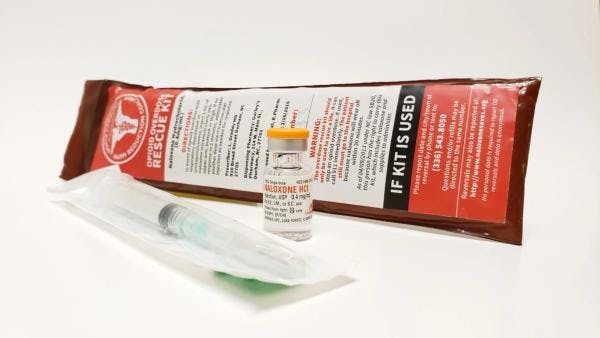Intropin (Mark Oniffrey), CC BY-SA 4.0 via Wikimedia Commons
'Stayin' alive' - On the rise of nitazenes as adulterants in Britain's street drug supply
A new family of synthetic opioids, known as nitazenes, have adulterated a number of illicit drugs in the UK.
It’s not clear exactly when this began, but evidence of them being present in cocaine and heroin was detected in 2021.
Nitazenes are broadly equipotent to the fentanyls – or in layman’s terms, they’re many times stronger than heroin and morphine. Unknowingly taking a drug containing nitazenes represents a severe risk of overdose. By the summer of 2023 there was sufficient evidence of them contaminating other drugs for OHID to provide a patient safety alert for all of the UK, based on an increase in both fatal and non-fatal overdoses (NFOs).
Nitazenes have been found in contaminated heroin, fake OxyContin (oxycodone) and fake Xanax (usually bromazolam rather than alprazolam), meaning the risk was extending to young people who don’t use heroin but buy what they think is OxyContin from the dark web or a few bars of Xanax from their mate. This group would have no or a very low baseline opioid tolerance to withstand the effects of a nitazene and would be unlikely to have naloxone, putting them at yet further risk. Deaths have escalated throughout 2023, most notably in the Birmingham area in July.
Still recovering from a decade of budget cuts to drug treatment and the unintended adverse impacts of the recovery agenda moving the focus away from harm reduction – and with drug-related deaths escalating every year since 2011 – treatment services were not ready for the severe overdose risk posed by nitazenes. Many of the people most at risk are no longer engaged with services, do not have or carry naloxone, use multiple drugs in combination and are also getting older.
